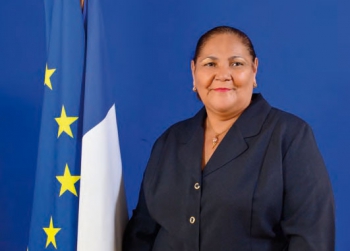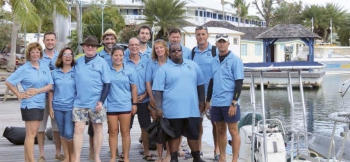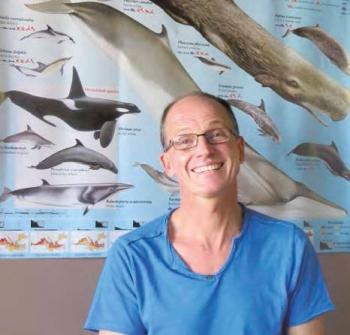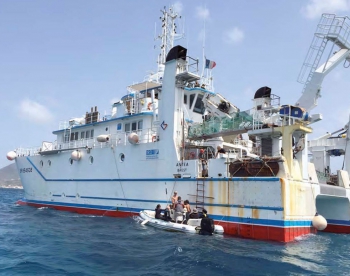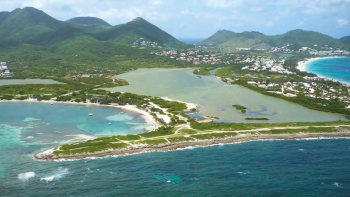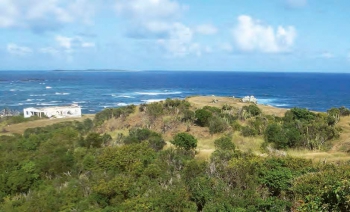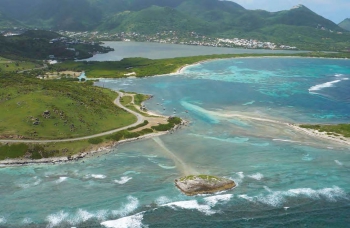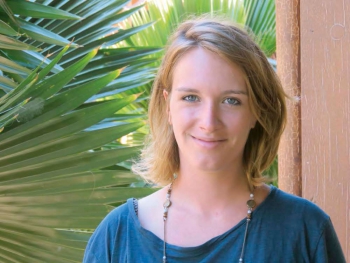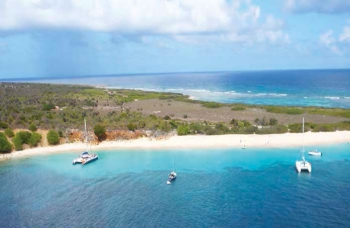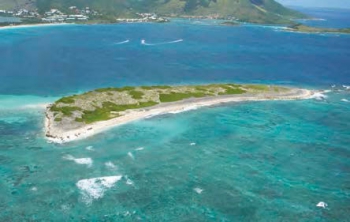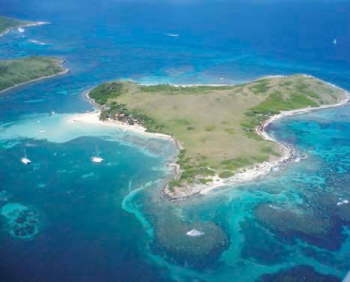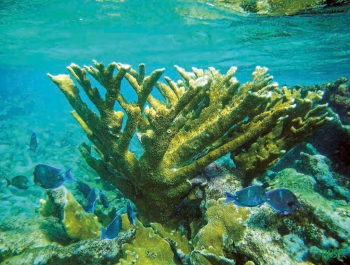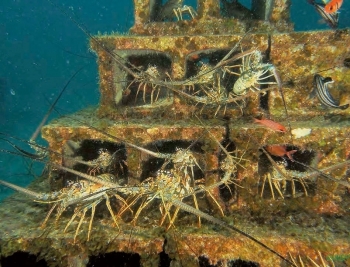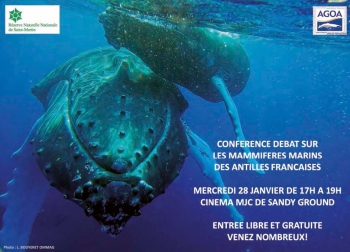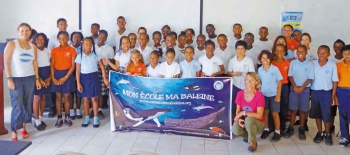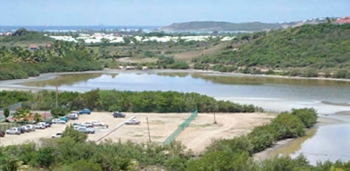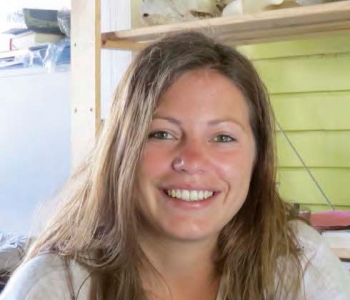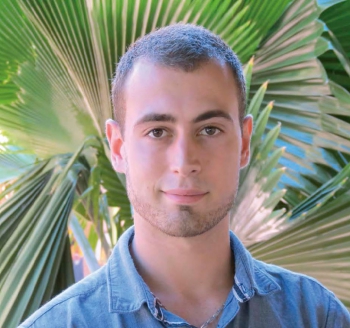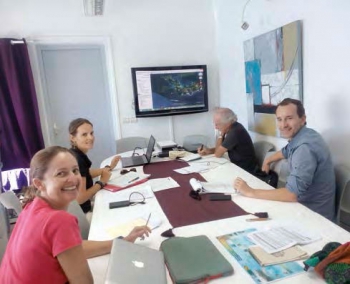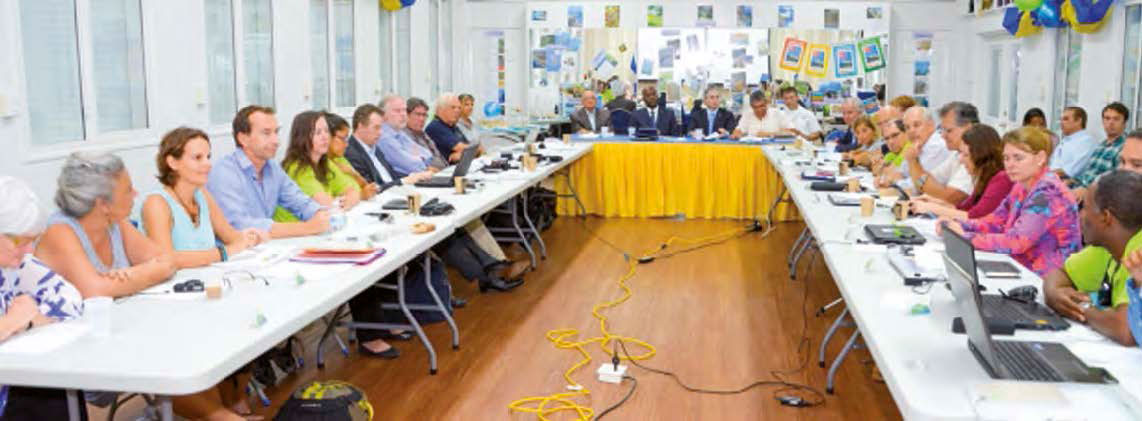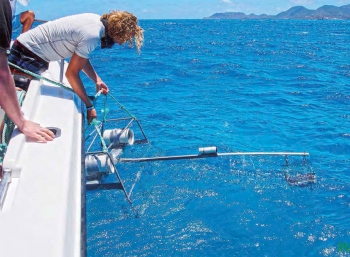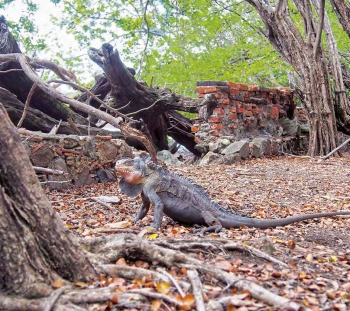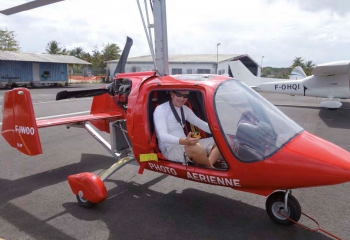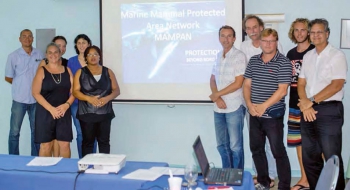Aline Hanson
Présidente de la Collectivité de Saint-Martin
The importance that I attach to our natural environment is every bit as imperative as the challenges we face in the 21st century. I am pleased that I was able to address this subject during the Caribbean Climate Conference in Fort-de-France on May 9, 2015, with the president of France and the minister of the environment in the audience. On a national level, France is committed to the fight against climate change and by working together we can improve the current situation. Just as by working together locally, we can make sure our island is more beautiful, cleaner, and more welcoming. The Collectivité’s policy for environmental protection can only be effective if it is accompanied by small efforts made by every member of the population in terms of environmental protection. It is in this spirit that I would like to encourage the Réserve Naturelle in its daily work that favors the environment. Good governance of our natural resources is a precious tool in terms of our tourists, who appreciate that we provide them with exceptional protected sites where they can discover the natural heritage of our island. I would also like to congratulate the Réserve for leading the project for an institute dedicated to the conservation of our island’s biodiversity. This useful scientific tool —which is also educational and recreational— highlights the reasonable potential of exploitation of our natural resources and allows us to think about the challenges for the future of Saint Martin. In conclusion, just a simple message for everyone: Keep Saint Martin clean & green!

